4 Nights / 5 Days

Tips.
Laundry.
Beverages/Drinks.
Hotel accommodations in Arusha before and after the safari.
Airport transfers in Arusha costs US$70 per vehicle each way.
International flights.
Visas.
Items of personal nature.
Any other extras not detailed in the above itinerary.06-1019-08
Depart Arusha in the morning for Lake Manyara. Afternoon game drive , dinner and overnight at Lake Manyara Serena Lodge.
Located beneath the cliffs of the Manyara Escarpment, on the edge of the Rift Valley, Lake Manyara National Park offers varied ecosystems, incredible bird life, and breathtaking views. Lake Manyara’s famous tree-climbing lions are another reason to pay this park a visit. The only kind of their species in the world, they make the ancient mahogany and elegant acacias their home during the rainy season, and are a well-known but rather rare feature of the northern park. In addition to the lions, the national park is also home to the largest concentration of baboons anywhere in the world - a fact that makes for interesting game viewing of large families of the primates.
After breakfast depart for Serengeti passing through Olduvai Gorge, the site of Leakey’s family discovery of fossils of human and animal ancestors dating back to almost two million years. Meals and overnight at Serengeti Sopa Lodge.
Full day in Serengeti plains in search for wild game you might have missed the previous game drive. Morning and afternoon game drives. Meals and overnight at Serengeti Sopa Lodge.
Serengeti is easily Tanzania’s most famous national park, and it’s also the largest, at 14,763 square kilometres of protected area that borders Kenya’s Masai Mara Game ParkIt is the Migration for which Serengeti is perhaps most famous. Over a million wildebeest and about 200,000 zebras flow south from the northern hills to the southern plains for the short rains every October and November, and then swirl west and north after the long rains in April, May and June. So strong is the ancient instinct to move that no drought, gorge or crocodile infested river can hold them back. The Wildebeest travel through a variety of parks, reserves and protected areas and through a variety of habitat. Join us to explore the different forms of vegetation and landscapes of the Serengeti ecosystem and meet some of their most fascinating inhabitants.
After breakfast a 4wheel drive vehicle will take you 2000ft down to the crater, enjoy picnic lunch at the crater, ascend back to Ngorongoro Sopa Lodge for dinner and overnight.
The Ngorongoro Crater is often called ‘Africa’s Eden’ and the ‘8th Natural Wonder of the World,’ a visit to the crater is a main draw card for tourists coming to Tanzania and a definite world-class attraction. The Ngorongoro Conservation Area (NCA) is home of Ngorongoro Crater. It was formed some 2.5 million years ago from a volcanic mountain sinking due to inactivity, and was initially thought to be higher than Tanzania’s famous Kilimanjaro. The crater has evolved into a unique and integral part of Tanzania’s eco-system. The crater is actually a caldera, measures 22.5 km’s across and the rim walls stand 600m high. Views from within and from the rim are breathtaking (as can be seen from the picture). The crater houses 30,000 animals, and a large variety of birds, which rarely move from the area due to the availability of water through wet and dry seasons.
After breakfast depart for Arusha arriving by lunch time.
We have Set Itineraries for Tours Within Kenya and East Africa. We also Taylor Make Safaris to Suite Your Budget and What You are Looking For. Our Safaris Include Visits to National Parks like Masai Mara, Amboseli, Lake Nakuru National Park, Samburu. Beach Holidays, Honeymoon Holidays, Religious Pilgrimages,students Tours, Motorcycle Tours,Gorilla Trekking Tours, Just to Name a Few.
We Offer Tour Operators, Car & Coach Rental, Passport & Visa, Airline Ticketing, Bus Ticketing, Hotel Booking, Travel Insurance Services Read More...
 10D/9N
10D/9N
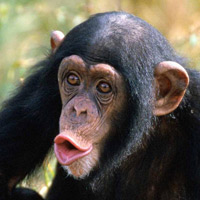 9D/8N
9D/8N
 8D/7N
8D/7N
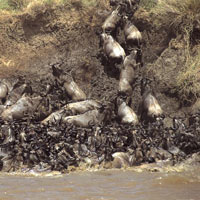 7D/6N
7D/6N
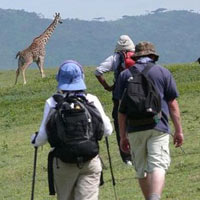 6D/5N
6D/5N
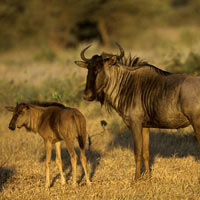 6D/5N
6D/5N
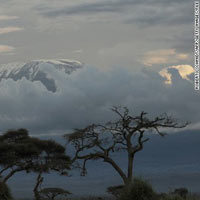 5D/4N
5D/4N
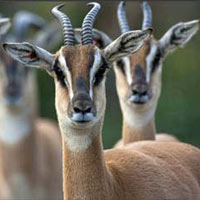 4D/3N
4D/3N
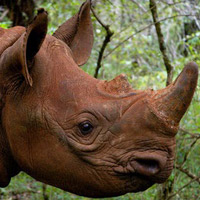 7D/6N
7D/6N
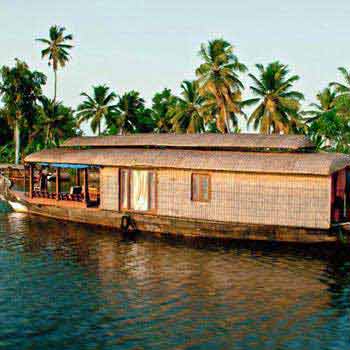 5D/4N
5D/4N
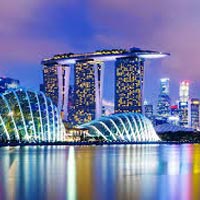 5D/4N
5D/4N
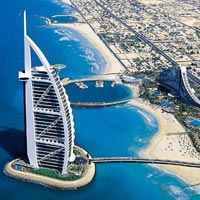 5D/4N
5D/4N
 5D/4N
5D/4N
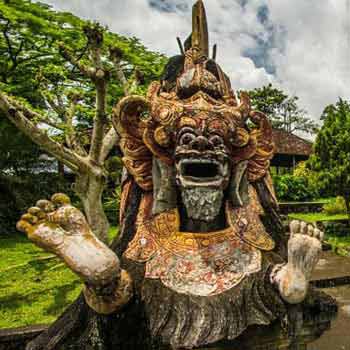 5D/4N
5D/4N
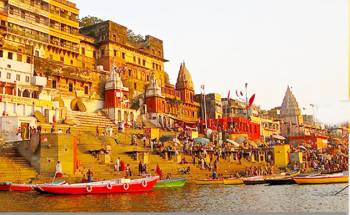 5D/4N
5D/4N
 5D/4N
5D/4N
 5D/4N
5D/4N
 5D/4N
5D/4N
10-Day Luxury Honeymoon Safari & Zanziba..
Manyara - Ngorongoro - Zanzibar - Arusha
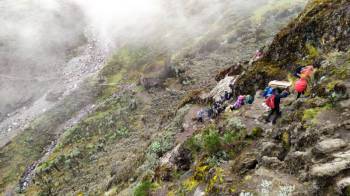 7D/6N
7D/6N
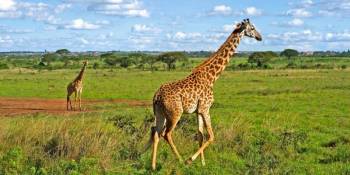 8D/7N
8D/7N
 9D/8N
9D/8N
 10D/9N
10D/9N
9 Nights 10 Days Safari, Wildlife Experi..
Arusha - Ngorongoro - Tarangire - Serengeti - Lake Natron - Lake Eyasi
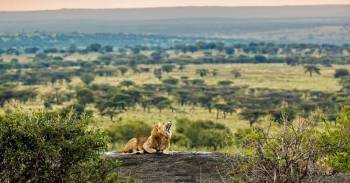 15D/14N
15D/14N
 5D/4N
5D/4N
 8D/7N
8D/7N
 10D/9N
10D/9N
10-Day Kenya Tanzania Best Game Parks Sa..
Masai Mara - Ngorongoro - Arusha - Nakuru - Nairobi - Lake Victoria